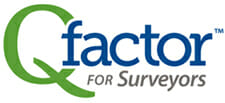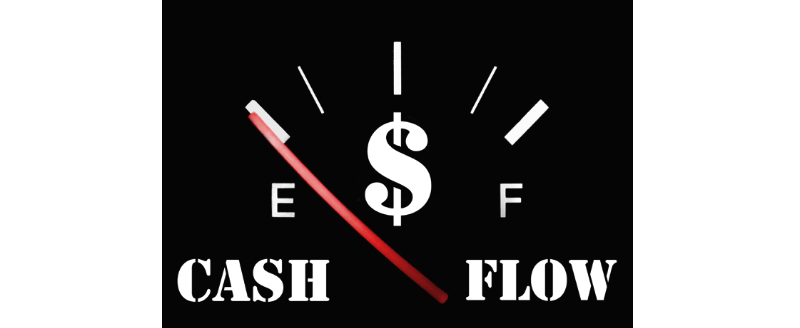There is nothing more stressful than eking through payroll with fingers crossed, hoping you have enough cash on hand. Of course, businesses sometimes need to operate close to or even in the red, especially during periods of rapid growth, or long-term projects with milestone or progress payments. It’s not sustainable in the long run and is the main reason businesses fail. A U.S. Bank study found that 82% of the time businesses fail the culprit is cash flow.
The term ‘cash flow’ describes how money moves in and out of your business. A key component of cash flow is timing: when bills are due and when bills will be paid.
Here are some ideas to help you get a handle on your company’s cash flow.
Predict Early and Often
Unless something unexpected arises, you probably have a good idea of what you are going to owe in payroll and bills each month. But how much will you have coming in? By adding up all the invoices that you have sent out and compare them to what bills you need to pay, you can see if you will have a positive cash flow this month. It’s best to do this early in the month so you can make necessary corrections or arrange for financing before it’s too late.
There may be a gap between paying your employees and getting paid by your customers – work in process or WIP. This is a risk you need to be aware of, all the time. Check this on a regular basis to make sure you’re within your comfort zone. Qfactor provides a dashboard summary of your WIP along with the value of open proposals and accounts receivable.
Predicting monthly cash flow is not something you want to ballpark or add up in your head. Tally things up in Excel or, better yet, let Qfactor for Land Surveyors do the calculations for you. You can easily see your accounting information from the dashboard.
While you need to keep on top of your monthly expenses, running a business also involves long term planning. What do the next six months look like for you? Could you invest in a new technology or take on an additional staff member? To predict how much money is on the horizon, add up the estimates from the proposals you have submitted and multiply that by your proposal close rate. That’s about how much incoming cash you can expect to see in the upcoming months, depending on project timelines. These numbers are accessible to you if you are using Qfactor’s Proposal Builder, which keeps track of everything you’ve estimated and proposed.
Having dollar values for open proposals, work in process, and open invoices up to date and readily available allows you to easily monitor your cash flow potential.
A word of caution from Fred Parrish, founder and chief executive officer of The Profit Experts: “Be realistic about upcoming revenue opportunities and the timing of when they will be realized.”
Bill Promptly
Invoice your client as soon as your work is completed. With Quickbooks has extended services that allow you to send your bills via email and receive electronic ACH or credit card payments. The bill is sent automatically with a link to make payment. Most often this cuts down time to payment and the overhead of following up. Keep an eye on what invoices are out and send reminders if it’s been more than 30 days.
Eliminate Unnecessary Expenses and Non-Billable Time
Finally, take stock of all your operating expenses. Are there ways you can consolidate vendors and negotiate for a discount now that you are buying more from one company? Are you paying monthly recurring fees or service charges for equipment you’re no longer using?
As a service company dependent on employees billing time, one of the best ways to improve your operating margin, and cash flow, is knowing where your team’s non-billable hours are going. Non-billable is just that, work that is not billable to a client. Every business comes with this type of overhead, but it needs to be managed and maintained. Some industries consider 25% non-billable time as acceptable overhead. Do you know what percentage of your team’s time is going into non-billable activities and what they are?
One of our first clients became so efficient the owner’s uncompensated wife no longer needed to come in the office to do bookkeeping. She was happy. But when she stopped coming in, there was no one to answer phones except for the CAD expert. Because he entered his time appropriately, “non-billable, answering phones”, we were able to add up his non-billable hours over a few months. It turns out the client was losing $9,000 per month in billable time. It was an easy decision to hire a good office manager and let the CAD expert do the job he was trained and hired to do. Two months later his billing was up by $8,000 per month, the office manager costs $4,000 per month for a net increase of $4,000.
Integration with Quickbooks and time entry apps allows Qfactor to provide you, your project managers, and financial team a near real-time view into work that’s been done, what your payroll obligation is, and its billable value.
At the end of the day, the key to avoiding cash flow problems is to always know how much you owe, are owed, and can expect to bill for. This doesn’t mean that you’ll never dip into the red. Instead it means you’ll be ready for it and can make informed decisions about when the risk will pay off.






